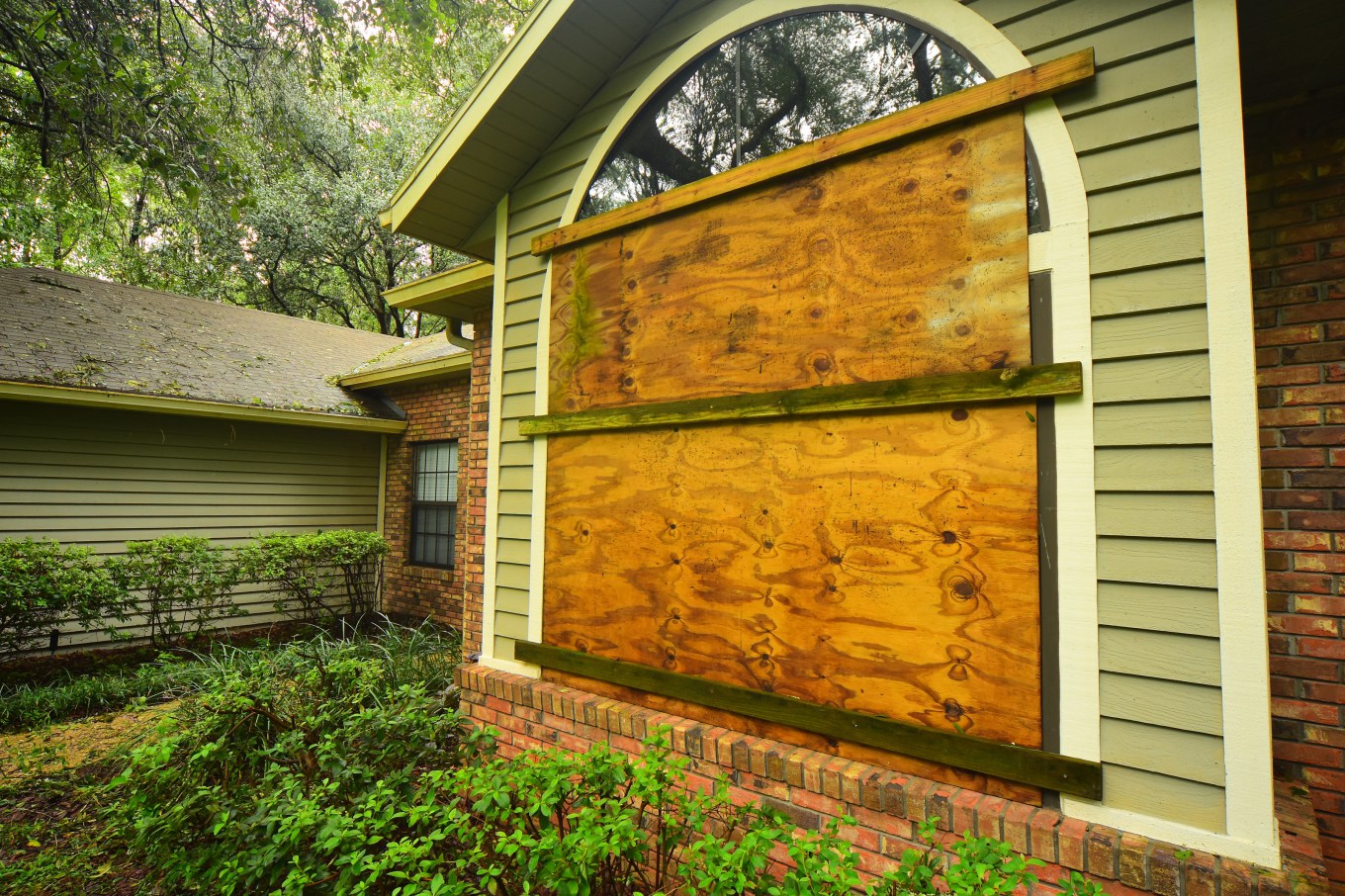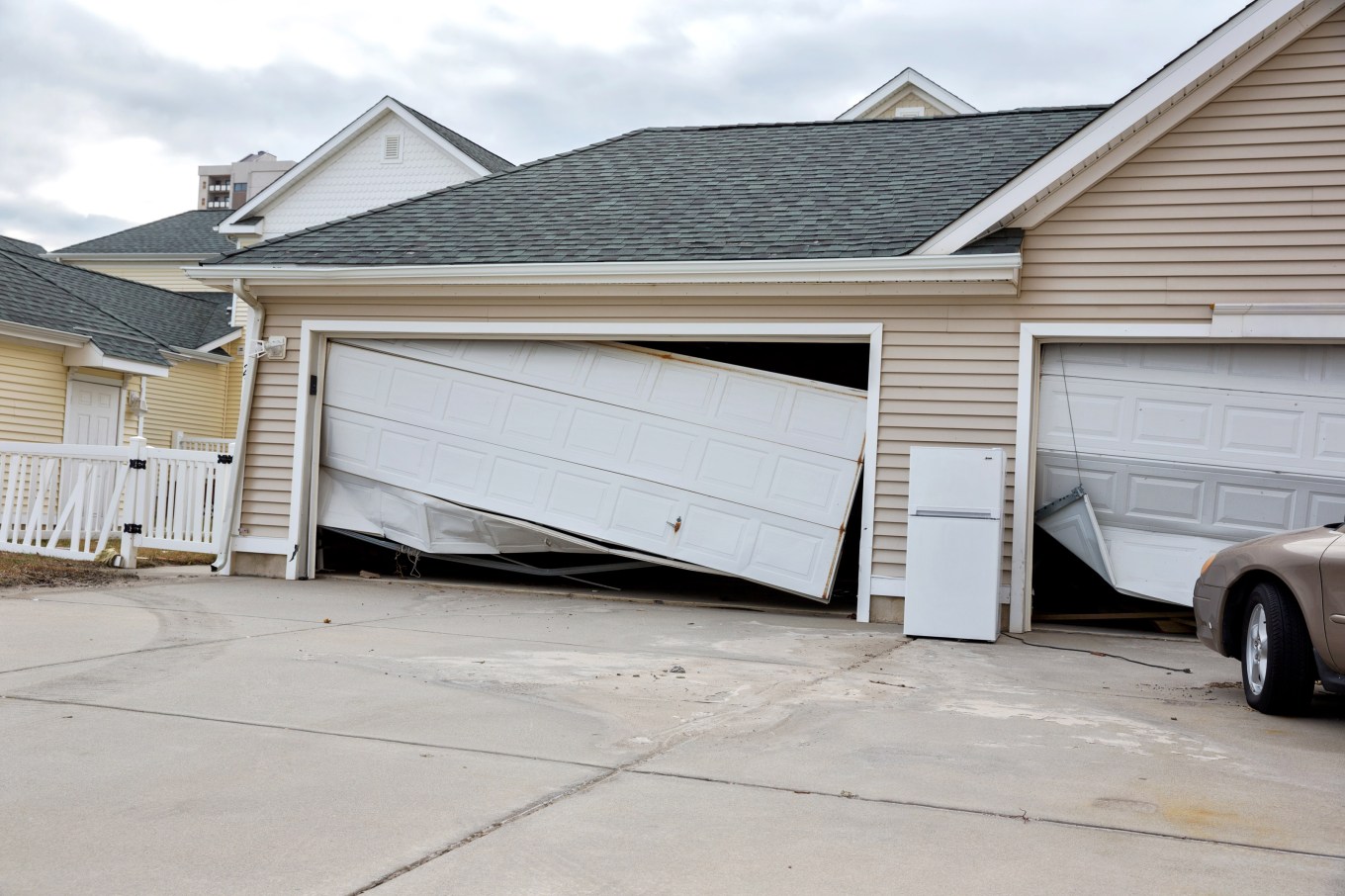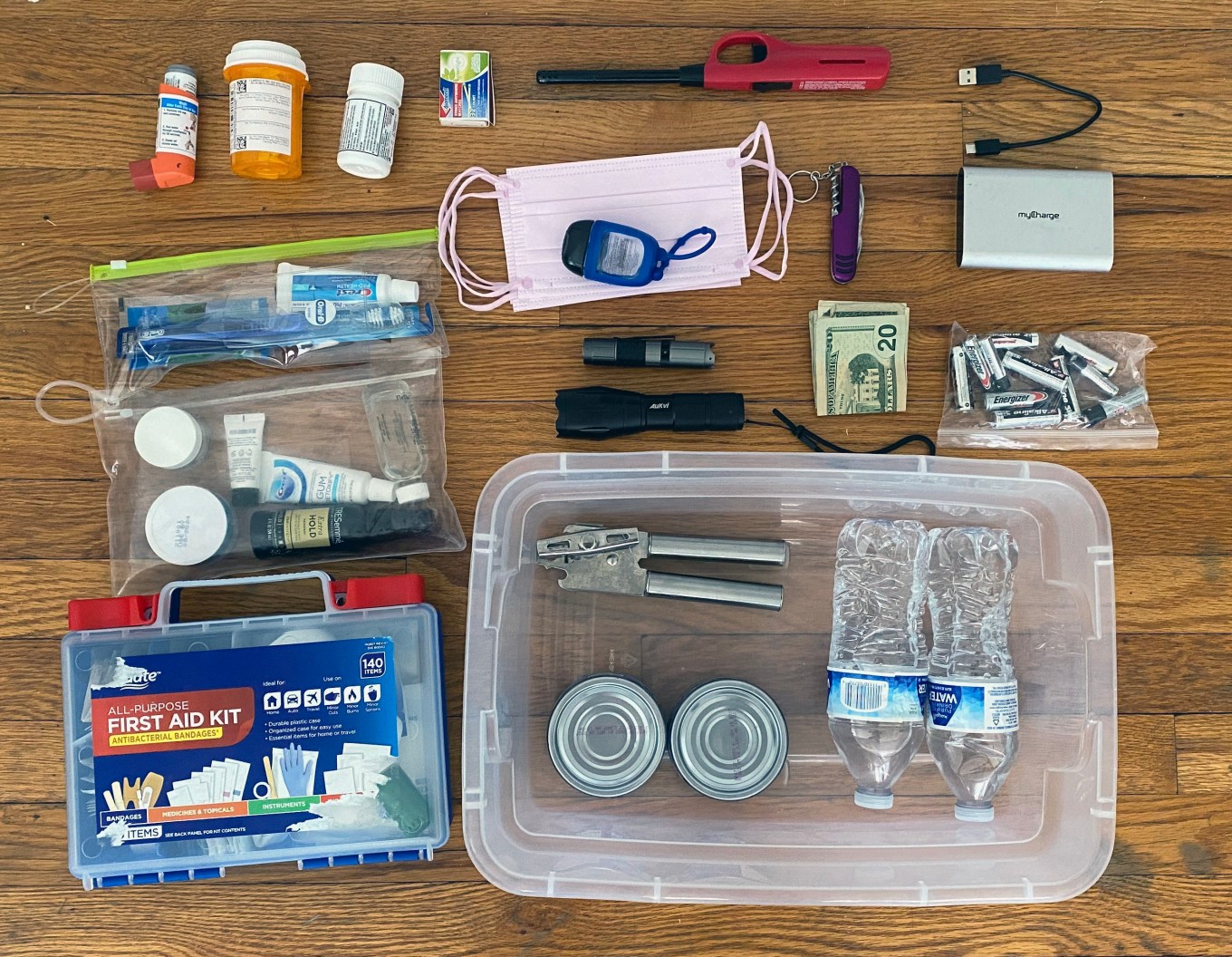Hurricanes deliver a wallop, with destructive winds, flooding and rain, so much rain. And once a hurricane touches land, it may spawn storm surges and even tornadoes. These related disasters can strike many miles from the hurricane’s center. Hurricanes have risen in intensity and in number and have been impacting communities further inland and northward, according to First Street, a climate and risk and financial modeling organization. First Street estimates that “in the next 30 years . . . 13.4 million properties will face tropical cyclone level wind risk that do not currently face such risk.” No longer are people on the coasts the only ones who need to prepare for a hurricane.
So, how can you prepare your home for a hurricane so you can stave off damage? And how can you do it without breaking the bank? You don’t need to do everything at once. In fact, the more time you spend preparing your home for a hurricane, the better off you’ll be in the long run.
Wind and water are your enemies when preparing for a hurricane. The National Oceanic and Atmospheric Administration ranks five hurricane categories based on wind speed, from Category 1, with speeds at 74 to 95 miles per hour to Category 5, with winds at 157 miles per hour+. At Category 3, a hurricane is considered major, with winds at 111 to 129 miles per hour. “Anything lying around can be a projectile that can be picked up by the wind,” says Pat Forbes, a senior advisor for disaster recovery for the U.S. Department of Housing and Urban Development, who previously worked on disaster recovery for the State of Louisiana.
If wind enters your home, pressure builds. The combination of interior and exterior pressure increases the risk your roof could tear apart as forces begin to push out the walls. Any open space on your house can let water in, which can lead to wall damage, buckled flooring, and mold.
Check the NOAA website for a model showing a storm's location at a certain time and when it will likely make landfall.
Preparing for a Hurricane Near Term

If a hurricane or storm surge might be heading your way, you can take these eight precautions, which you can do yourself and spend little to nothing:
- Walk your yard: Pick up loose items, from tree branches and toys to lumber, small potted plants, outdoor furniture, and tools. If you have a pool, secure the cover, and if you have a shed, make sure it’s tightly closed.
- Deal with trash cans: No place to store them? Strap them together and duct tape them closed, says Aaron Frumin, who worked with Habitat for Humanity to restore New Orleans after Hurricane Katrina and is now owner of unCommon Construction, a training and development center for high schoolers, in New Orleans.
- Clear storm drains: You don’t want any water buildup that might cause your house to flood.
- Clean your gutters: Do this solo only if it’s safe to do so.
- Check windows and doors: Look for and seal gaps around windows and doors where caulking might have shrunk or deteriorated. Again, this is to deter water from getting inside.
- Prepare your windows: If you don’t have hurricane shutters, which are impact resistant, board up windows with plywood, steel, or aluminum panels. Frumin offers this tip: Install four to six peg bolts around your window frames and cut corresponding holes in pieces of plywood. Fit the wood over the window and tighten the bolts. And although people sometimes suggest taping your windows, the NOAA says it’s a waste of effort, time, and tape. It doesn’t strengthen the glass and offers no protection against flying debris.
- Safeguard the inside of your home: Move furniture, rugs, small appliances, and electronics to a higher level or higher floor to prevent damage. Unplug appliances that aren't on a surge protector. According to the Federal Emergency Management Agency, or FEMA, you don’t need to turn off your utilities or gas unless instructed to do so by local authorities.
- Close doors: On the day of the storm, close all the doors inside your house. This can help save your roof. Shutting doors during severe weather can reduce pressure on your roof by 30%, according to research by the Insurance Institute for Business & Home Safety, or IBHS.
Preparing for a Hurricane Longer Term

It’s smart to make long-term investments to prepare for hurricanes and storm surges. You’ll likely need to plan for them because they can be expensive and you probably won’t be able to do them yourself. Again, keep in mind you can do them incrementally.
Roof
Strong winds can rip shingles, roof tiles, even the roof deck, from your home, leaving it exposed to rain. Consider the FORTIFIED program, Frumin says.
Fred Malik, managing director for FORTIFIED programs, describes the program. “It’s a voluntary beyond-code construction and reroofing method based on decades of research done by the IBHS. [It] reduces storm damage by strengthening areas of buildings typically vulnerable to high winds and heavy rain,” such as the roof, roof deck, shingles, attic vents, soffits.
In at least 14 states, insurers offer discounts, reducing wind premiums for FORTIFIED homes. Other benefits like tax credits may also be available. A growing number of states have FORTIFIED Roof grant programs.
While costs vary, when reroofing a 2,000-square-foot home, the cost increase for the FORTIFIED program is typically $1,000 to $3,000, according to the IBHS website.
If you’re not prepared to purchase a new roof, at the very least, have your roof inspected. You will likely need professionals to do the following when preparing for a hurricane: repair damaged areas; install roof ties or straps, which will keep the framework attached to your home; and trim overhanging tree limbs.
Skylights
If you live in a hurricane-prone area, it’s likely those elements are built to be hurricane-resistant. If yours are not, make sure skylights are tightly closed and cover them with a storm shutter, a metal cap, or plywood.
Doors
FEMA suggests having hurricane-proof doors that have at least three hinges and a deadbolt lock that’s at least one-inch long. If your door isn’t hurricane-rated, secure and cover it, as well as any sliding glass doors, just as you did your windows.
Don’t overlook the garage door; it’s the largest and weakest opening on a home, according to the Federal Alliance for Safe Homes. If you’re in a hurricane-prone area, you may already have an impact or wind-rated door. Check for a compliance label. If your garage door isn’t rated, make sure the door is secure in its brackets, the screws are tight, and the track isn’t loose. A wind-rated garage door costs $600 to $1,000, says Malik.
Trees and Landscape
Two or three months before storm season, walk your yard and look for dead wood or decay. While you can do this yourself, an arborist “will be able to tell you if you should put in cables to hold up a tree or remove it, depending on the risks it poses to your house or property,” says Rich Wiland, a Naples, Fla.-based arborist with the nationwide Davey Tree Expert Company. An arborist can also help you fertilize and prune trees properly “to keep them healthy so they don’t fail during a storm,” Wiland says. An arborist might charge $100 to $250 per hour or $800 to $2,000 per day, depending on the location and work needed, according to HomeGuide.com.
Make a Hurricane Preparation Checklist

When you’re preparing for a hurricane, a checklist can keep you from overlooking the myriad items that need doing before, during, and after the storm. Here are eight actions to consider:
- Long before a storm strikes, gather your insurance information and check your coverage.
- Take a photo inventory of your home.
- Download the FEMA app to help you with preparations such as creating a family emergency communications plan and determining what to pack in an emergency kit. For instance, FEMA suggests having a seven-day supply of medications; extra fuel for your generator and car; personal hygiene items; pet supplies; a battery-powered or crank radio; flashlights (check that they’re in working order); a three-day supply of food for evacuation and a two-week supply of food for your home; one gallon of water per person per day, with a three-day supply for evacuation and a two-week supply for home; and a first aid kit.
- When buying groceries, choose items that are shelf stable — and take a can opener.
- Make sure your cell phone is charged. People debate the need for a landline, but as Forbes points out, “even if they have a landline, most people don’t have a phone that doesn’t require external power.” If the electricity goes out, the phone won’t work. While an electrical outage isn’t inevitable during a hurricane, research by Climate Central shows the number of weather-related outages is increasing. The decade from 2011 through 2021 experienced 64% more major power outages (affecting at least 50,000 people) than the previous decade. From 2000 through 2021, there were 1,542 weather-related major power outages; 15% were caused by tropical storms and hurricanes.
- Invest in a generator and make sure you have whatever gas or propane you need to power it. The size of the generator should be based on the amount of wattage you need to power the items you want. Even a small generator can be helpful for necessary appliances such as your cell phone, a CPAP machine, or a small refrigerator to keep medicines cold.
- If you’re on a limited budget, you can purchase a fairly inexpensive foldable solar panel to charge your phone and some lights, says Forbes. “It’s not going to run your whole house, but it can give you some critical tools if you’re without electricity for a long time.”
- If you have an electric car and a wall battery, you do have a power source. And there are ways to run power through an inverter from your car battery and get power from your car to your home. Some cars, such as Ford’s F-150 Lightning, come with the components to do this. One caveat about cars: One of the most common ways people die during a flood is by driving a car through water whose depth and current strength they don’t know.
When thinking about how to prepare for a hurricane, take a deep breath and don’t get overwhelmed with considering all the things you might do. Start small by getting in touch with your insurer and focusing on the most vulnerable areas around your home and yard.
Your ultimate goal is for you and your family to remain safe, before, during, and after the storm. But you also want your home to be a safe and welcoming place after the storm has passed.
